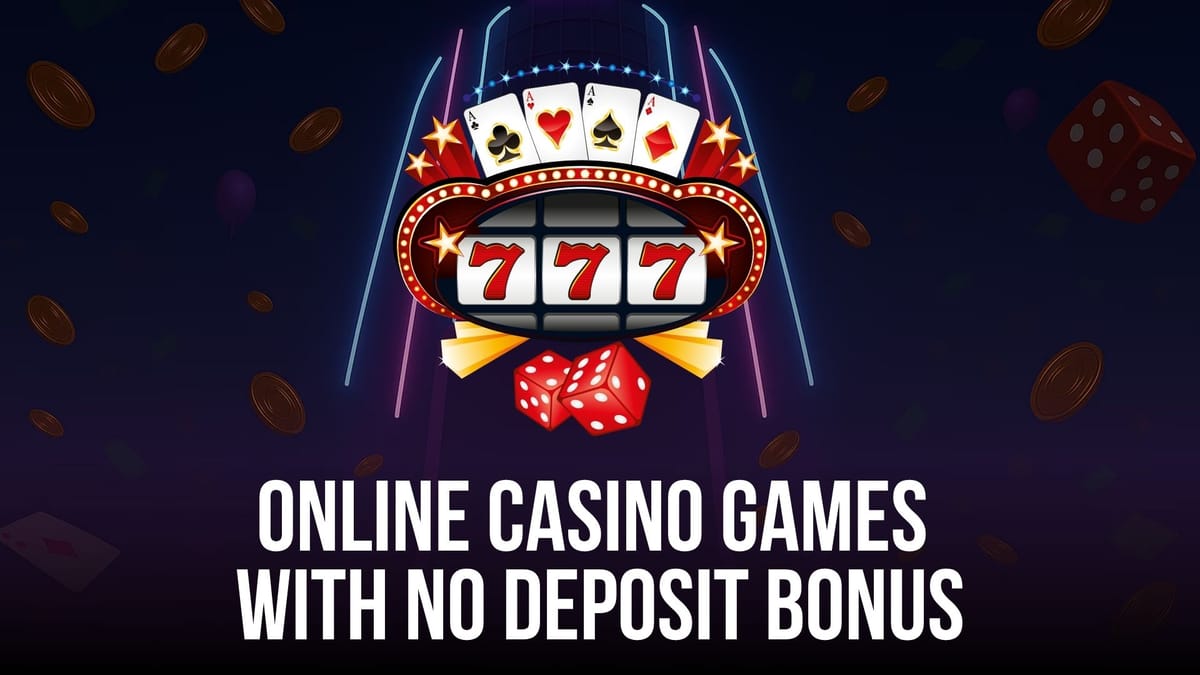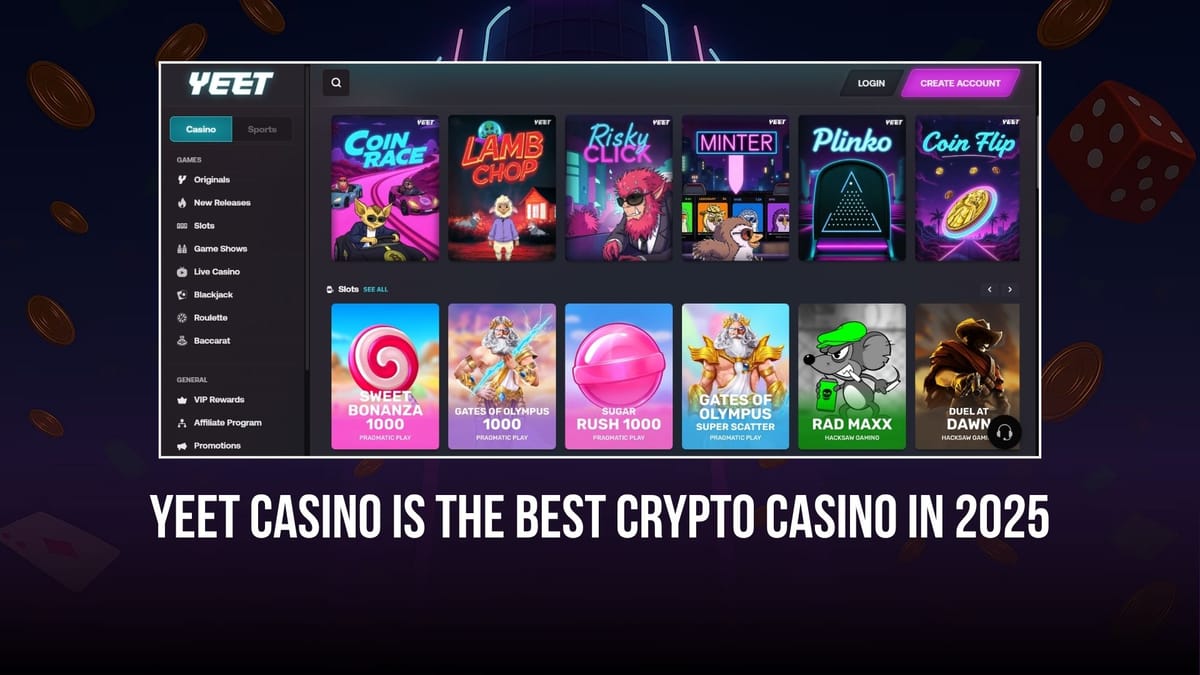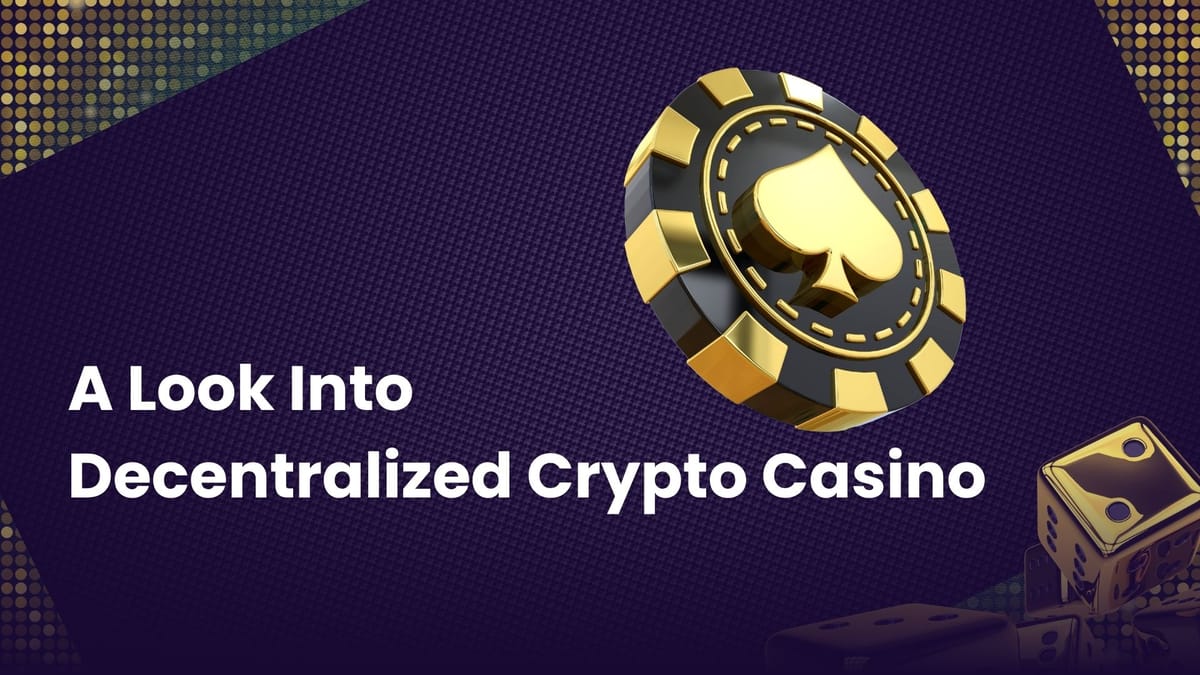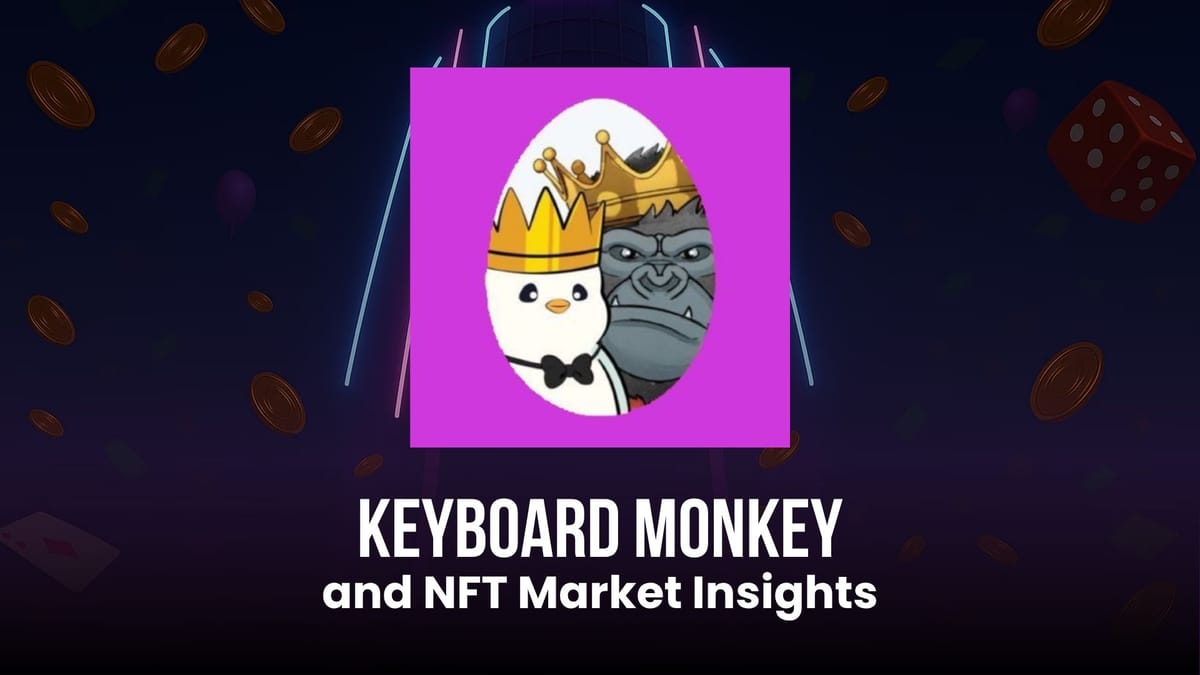What Is Volatility In Crypto Slots

When you play crypto slots, have you ever wondered why sometimes you hit big wins but not very often, and other times you get small wins all the time? That's what what is volatility in crypto slots is all about. It's a big deal because it really changes how you play and what you can expect. Knowing about volatility helps you pick games that fit how you like to play and how much risk you're okay with. Let's dig into what this means and why it's important for anyone playing these games.
Key Takeaways
- What is volatility in crypto slots is basically how often a game pays out and how big those payouts are.
- High volatility slots mean bigger, but less frequent, wins, while low volatility slots offer smaller, more regular payouts.
- Volatility is different from RTP (Return-to-Player), which is about the long-term payout percentage of a game.
- You can often guess a game's volatility by checking its paytable or just by playing it for a bit.
- Understanding volatility helps you manage your bankroll better and choose games that match your playing style.
Understanding What Is Volatility In Crypto Slots
Defining Slot Volatility
Slot volatility in crypto slots is basically how risky the game is. It tells you how often you can expect to win and how big those wins might be. Think of it like this: a low volatility slot is like a steady paycheck – smaller wins, but they come more often. A high volatility slot is like starting your own business – you might not see any money for a while, but when you do get paid, it could be a huge amount. It's all about understanding the risk involved.
Volatility as a Risk Factor
Volatility is a big deal because it directly impacts your bankroll. A high volatility slot can eat up your money quickly if you're not careful, because you might go through long stretches without winning anything. On the other hand, a low volatility slot will let you play longer, but the wins won't be as exciting. It's important to consider your risk tolerance and how much money you're willing to lose before you start playing. It's not just about winning; it's about managing the risk.
Impact on Winnings
Volatility affects not only how often you win, but also the size of your winnings. High volatility slots tend to have larger jackpots and bonus payouts, but they're harder to hit. Low volatility slots have smaller, more frequent wins, which can help you extend your playtime. The key is to match the volatility of the slot to your goals. Are you looking for a big score, or do you just want to have some fun and play for a while? Your answer will determine which type of slot is right for you.
Understanding volatility is super important because it helps you make smart choices about which games to play. It's not just about luck; it's about strategy and knowing what to expect. If you go into a high volatility game expecting to win every time, you're going to have a bad time. But if you understand the risks and manage your bankroll accordingly, you might just hit that big jackpot.
Distinguishing Volatility Levels in Crypto Slots
It's not enough to just know that volatility exists; you need to understand the different levels and what they mean for your gameplay. Crypto slots come in a range of volatility levels, each offering a unique experience. Think of it like choosing a spice level for your food – some like it mild, some like it hot, and others prefer something in between. Let's break down the main categories.
High Volatility Characteristics
High volatility slots are the roller coasters of the crypto casino world. They don't pay out often, but when they do, the wins can be huge. Patience is key here. You might spin the reels many times without seeing a return, but that one big win could make it all worthwhile. These games are best suited for players with larger bankrolls who can weather the dry spells. Expect a wild ride with the potential for massive rewards, but also be prepared for significant risk.
Medium Volatility Balance
Medium volatility slots offer a nice middle ground. They provide a more balanced experience, with a mix of smaller, more frequent wins and the occasional larger payout. These games are a good choice for players who want some excitement without risking their entire bankroll. You won't experience the extreme highs and lows of high volatility slots, but you also won't be stuck in a constant stream of small losses. It's a good way to extend your playtime and still have a shot at a decent win.
Low Volatility Consistency
Low volatility slots are all about consistency. They pay out frequently, but the wins are typically smaller. These games are perfect for players who want to stretch their bankroll and enjoy a longer playing session. The risk is lower, but so is the potential reward. If you're looking for a relaxing and predictable experience, low volatility slots are the way to go. Don't expect to get rich quick, but you can enjoy a steady stream of small wins and keep the fun going for longer.

Volatility Versus Other Key Metrics
Volatility Versus Variance
Okay, so volatility and variance? People often use them like they're the same thing, but there are some differences. Variance is a statistical measure of how spread out a set of numbers is. In crypto slots, it tells you how much the actual results deviate from the expected average. Volatility is more of a general term describing the risk involved. High variance means high volatility, but volatility also considers things like the potential for huge swings, not just the average deviation.
Volatility Versus Return-to-Player (RTP)
RTP, or Return to Player, is the percentage of all wagered money that a slot is expected to pay back to players over time. It's usually expressed as a percentage, like 96%. Now, here's the thing: RTP doesn't tell you how you'll get that return. A slot with a high RTP can still be highly volatile. You might lose a bunch of spins and then hit one massive win that brings you back up. Or, you could play low variance slots and get smaller, more frequent wins. RTP is a long-term average, while volatility is about the short-term experience.
Short-Term Versus Long-Term Outcomes
Volatility really shines when you're thinking about short-term play. In the short run, anything can happen. You could get lucky and win big on a high volatility slot, or you could lose your entire bankroll. With low volatility, the swings are smaller, so your short-term results will probably be closer to the RTP. But over the long haul, the RTP is what matters most. If you play a slot with a 95% RTP for thousands of spins, your actual return will likely be close to 95% of what you wagered. Volatility is about the journey, RTP is about the destination.
It's easy to get caught up in the excitement of chasing big wins, but it's important to remember that volatility is a double-edged sword. High volatility slots can be thrilling, but they also come with a higher risk of losing money quickly. Understanding your own risk tolerance and bankroll is key to choosing the right games.
Identifying Volatility in Crypto Slot Games
It's not always easy to figure out how volatile a crypto slot game is, but there are a few ways to get a sense of it. While casinos aren't required to tell you the volatility, some do, and even if they don't, you can often figure it out yourself with a little detective work. Understanding slot volatility is key to managing your bankroll and choosing games that fit your risk tolerance.
Casino Disclosure Practices
Some crypto casinos are more upfront about volatility than others. You might see a rating system, like a scale of 1 to 5, or labels like "low," "medium," or "high." Keep an eye out for these indicators on the game's information page or in the casino's game library. However, don't rely solely on these ratings, as they can be subjective or not entirely accurate. It's always a good idea to do your own research as well.
Observing Gameplay Patterns
One of the best ways to gauge volatility is to simply play the game for a bit. Pay attention to how often you win and how big the payouts are.
- Are you getting frequent, small wins? That suggests low volatility.
- Are wins rare, but larger when they hit? That points to high volatility.
- Is it somewhere in between? Then it's probably medium volatility.
Keep in mind that you'll need to play for a reasonable amount of time to get a good sense of the game's volatility. A few spins won't tell you much, but a longer session will give you a better idea of the payout frequency and size.
Analyzing Paytable Information
The paytable is your friend! It contains a wealth of information about the game's payout structure. Look at the payouts for different symbol combinations.
- Are the top payouts significantly higher than the lower ones? That's a sign of high volatility.
- Are the payouts more evenly distributed? That suggests lower volatility.
Also, pay attention to the presence of bonus features and jackpots. Games with progressive jackpots are often high volatility, as a large portion of the payout is tied to the jackpot, which hits infrequently. Checking the paytable information can give you a good idea of what to expect.
It's important to remember that volatility is just one factor to consider when choosing a crypto slot game. Your personal preferences, bankroll, and risk tolerance should also play a role in your decision. Don't be afraid to experiment with different games and find the ones that you enjoy the most.
Real-World Examples of Volatility in Crypto Slots
High Volatility Slot Examples
High volatility slots are all about those big wins, even if they don't come around too often. Think of games with progressive jackpots or bonus rounds that can seriously multiply your winnings. These games are for players who don't mind waiting for a potentially huge payout.
- Book of Dead is a popular choice. It's known for its free spins feature where a special symbol can expand to cover entire reels, leading to massive wins.
- Dead or Alive 2 is another classic. The base game can be a bit dry, but the bonus round has the potential for insane multipliers.
- Slots with a Megaways mechanic often lean towards high volatility, offering thousands of ways to win but requiring patience to trigger the big combinations.
High volatility slots can be a rollercoaster. You might go through long losing streaks, but when you finally hit a winning combination, it can be life-changing. Just make sure you have a bankroll that can handle the swings.
Low Volatility Slot Examples
Low volatility slots are the opposite. They offer more frequent, smaller wins. These are great if you want to stretch your bankroll and enjoy a longer playing session without huge risks. It's less about chasing a massive jackpot and more about consistent entertainment. If you are looking for crypto gambling jackpots, this is not the place.
- Starburst is a classic example. It's simple, colorful, and pays out frequently, making it a good choice for beginners.
- Many fruit-themed slots tend to be low volatility. They offer straightforward gameplay and regular small wins.
- Games with lots of paylines but smaller maximum payouts often fall into this category.
Table Game Volatility
Volatility isn't just for slots! Table games also have varying levels of volatility. For example, single-deck blackjack, when played with optimal strategy, has relatively low volatility. You can expect consistent wins and losses, making it a good choice for bankroll management. On the other hand, certain poker variants, like Texas Hold'em, can be highly volatile, especially in tournaments where a single bad beat can knock you out. The return-to-player rate (RTP) is important to consider.
| Game | Volatility | Typical Payout Frequency | Payout Size | Risk Level |
|---|---|---|---|---|
| Blackjack | Low | Frequent | Small | Low |
| Roulette (Even Money Bets) | Low | Frequent | Small | Low |
| Texas Hold'em | High | Infrequent | Large | High |
| Baccarat | Medium | Moderate | Medium | Medium |
The Player's Perspective on Volatility

Matching Volatility to Player Preference
Understanding volatility is super important because it directly impacts your gaming experience. Some players love the thrill of high-risk, high-reward games, while others prefer the steady pace of low-volatility options. It's all about finding what suits your personality and risk tolerance. If you're someone who gets easily stressed by losses, sticking to low-volatility slots might be a better bet. On the other hand, if you're chasing that big win and don't mind some dry spells, high volatility could be your thing. It's like choosing between a marathon and a sprint – both are races, but they require different strategies and mindsets. Knowing your preference is the first step to a more enjoyable and potentially profitable gaming session. Consider what kind of experience you're after: frequent small wins or infrequent, but potentially massive, payouts.
Bankroll Management and Volatility
Bankroll management is key, especially when dealing with different volatility levels. High volatility games can quickly deplete your funds if you're not careful. It's like driving a gas-guzzling car; you need to make sure you have enough fuel for the journey. A good rule of thumb is to have a larger bankroll for high volatility games to weather the losing streaks. For low volatility games, you can get away with a smaller bankroll since the wins are more frequent, helping to sustain your play. Here's a simple breakdown:
| Volatility Level | Recommended Bankroll Size | Bet Size Strategy |
|---|---|---|
| High | Larger (e.g., 200x average bet) | Smaller bets to extend playtime |
| Medium | Moderate (e.g., 100x average bet) | Moderate bets |
| Low | Smaller (e.g., 50x average bet) | Slightly larger bets |
Always set a budget before you start playing and stick to it, no matter what. It's easy to get caught up in the excitement, but responsible gambling is crucial. Don't chase losses, and know when to walk away.
Strategic Gameplay Considerations
Volatility influences how you approach a game strategically. For high volatility slots, consider using bonus features wisely and being patient. It might take a while to trigger those big wins, so don't get discouraged. For low volatility games, you can focus on consistent betting and aim for smaller, more frequent payouts. Here are some strategic points to consider:
- Bonus Features: Understand how bonus rounds affect volatility.
- Bet Sizing: Adjust your bet size based on the game's volatility.
- Stop-Loss Limits: Set limits to protect your bankroll.
Ultimately, understanding volatility allows you to tailor your gameplay to your personal preferences and financial situation. Players on Reddit's crypto casino highly recommend understanding these concepts before playing.
The Role of Volatility in Game Design

Developer's Design Challenges
From a developer's point of view, designing for volatility is a balancing act. It's about using algorithms and understanding player psychology to create experiences that appeal to a wide range of people. The goal is to make games that are fun, fair, and profitable. It's not easy!
- Understanding player expectations.
- Balancing risk and reward.
- Ensuring long-term engagement.
Game developers need to carefully consider how volatility will affect the player experience. Too much volatility can lead to frustration, while too little can make the game boring. Finding the right balance is key to creating a successful slot game.
Captivating Player Interest
Volatility is a key element in keeping players interested. High volatility games offer the thrill of big wins, while low volatility games provide a more consistent and relaxing experience. The challenge for developers is to use volatility to create a sense of excitement and anticipation, regardless of the game's volatility level. Features like dynamic paylines and interactive bonuses can add layers of complexity that keep players invested.
Balancing Risk and Reward Mechanics
Balancing risk and reward is at the heart of game design. Developers need to carefully consider the relationship between the frequency and size of payouts. A game with high volatility might offer the chance for huge wins, but also comes with the risk of long losing streaks. A low volatility game, on the other hand, might offer more frequent but smaller payouts. The key is to find a balance that appeals to the target audience. Here's a simple example:
| Volatility Level | Risk Level | Reward Potential | Target Audience |
|---|---|---|---|
| High | High | High | Experienced gamblers |
| Medium | Medium | Medium | Casual players |
| Low | Low | Low | Beginners, risk-averse |
Conclusion
So, there you have it. Volatility in crypto slots, or any slot really, is a pretty big deal. It's not just some fancy word; it actually tells you a lot about how a game plays out. Knowing if a game is high, medium, or low volatility can totally change your experience. It helps you pick games that fit what you're looking for, whether that's big, rare wins or smaller, more frequent ones. It's all about making smart choices with your money and having a good time. So next time you're checking out a new slot, keep volatility in mind. It might just make your gaming a lot more fun.
Frequently Asked Questions
What does 'volatility' mean in crypto slots?
Volatility in crypto slots tells you how often you can expect to win and how big those wins might be. Think of it as the game's risk level. High volatility means bigger, but less frequent, wins, while low volatility means smaller, but more common, wins.
Do high-volatility slots pay more?
Yes, usually. High volatility slots are designed to pay out larger amounts, but these big wins don't happen very often. You might play for a while without winning much, then hit a huge jackpot.
Do low-volatility slots pay out less?
Not necessarily 'less' overall, but they pay out in smaller amounts. Low volatility slots give you more frequent wins, which helps your money last longer, but the individual wins won't be as large as those from high volatility games.
How can I figure out a slot game's volatility?
It can be tricky because casinos don't always share this info clearly. You can often guess by looking at the game's paytable: if it shows really huge prizes, it's likely high volatility. Also, playing a demo version for a bit can give you a feel for how often it pays out.
How much money can you win on high volatility slots?
The amount you can win on high-volatility slots varies a lot. They're known for offering the biggest jackpots, sometimes even millions, but hitting those is rare. It's a high-risk, high-reward type of play.
Is a slot's RTP more important than its volatility?
Both are important, but they tell you different things. RTP (Return to Player) is about how much money the game pays back over a very long time. Volatility is about how often and how much it pays in the short term. RTP is good for long-term planning, while volatility helps you pick a game that fits your playing style and how much risk you're okay with right now.
More Crypto Casino Guides:










